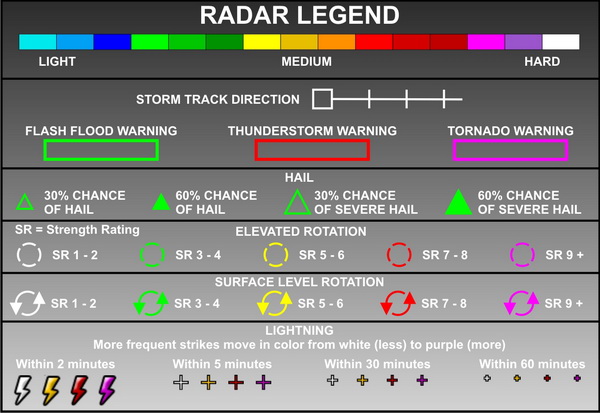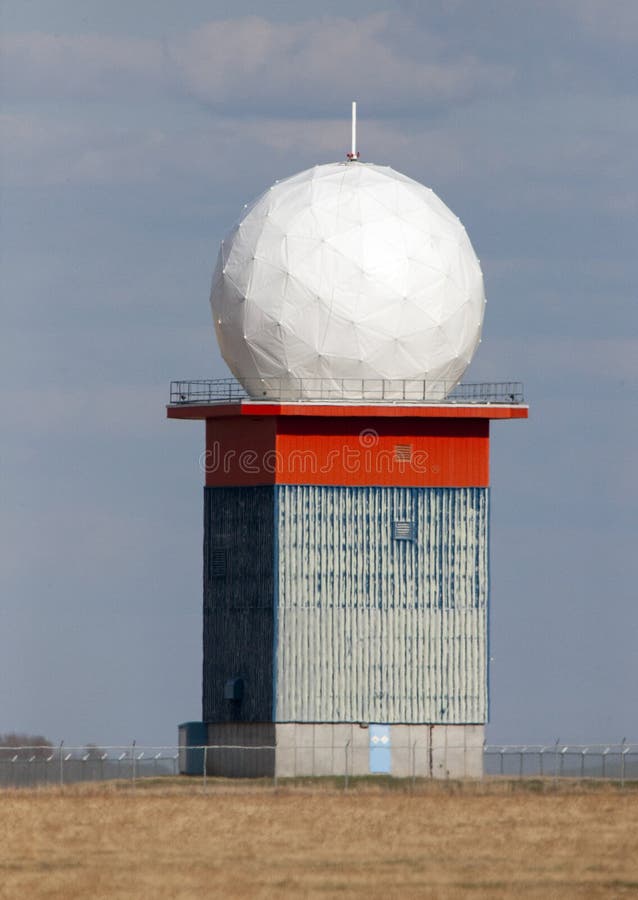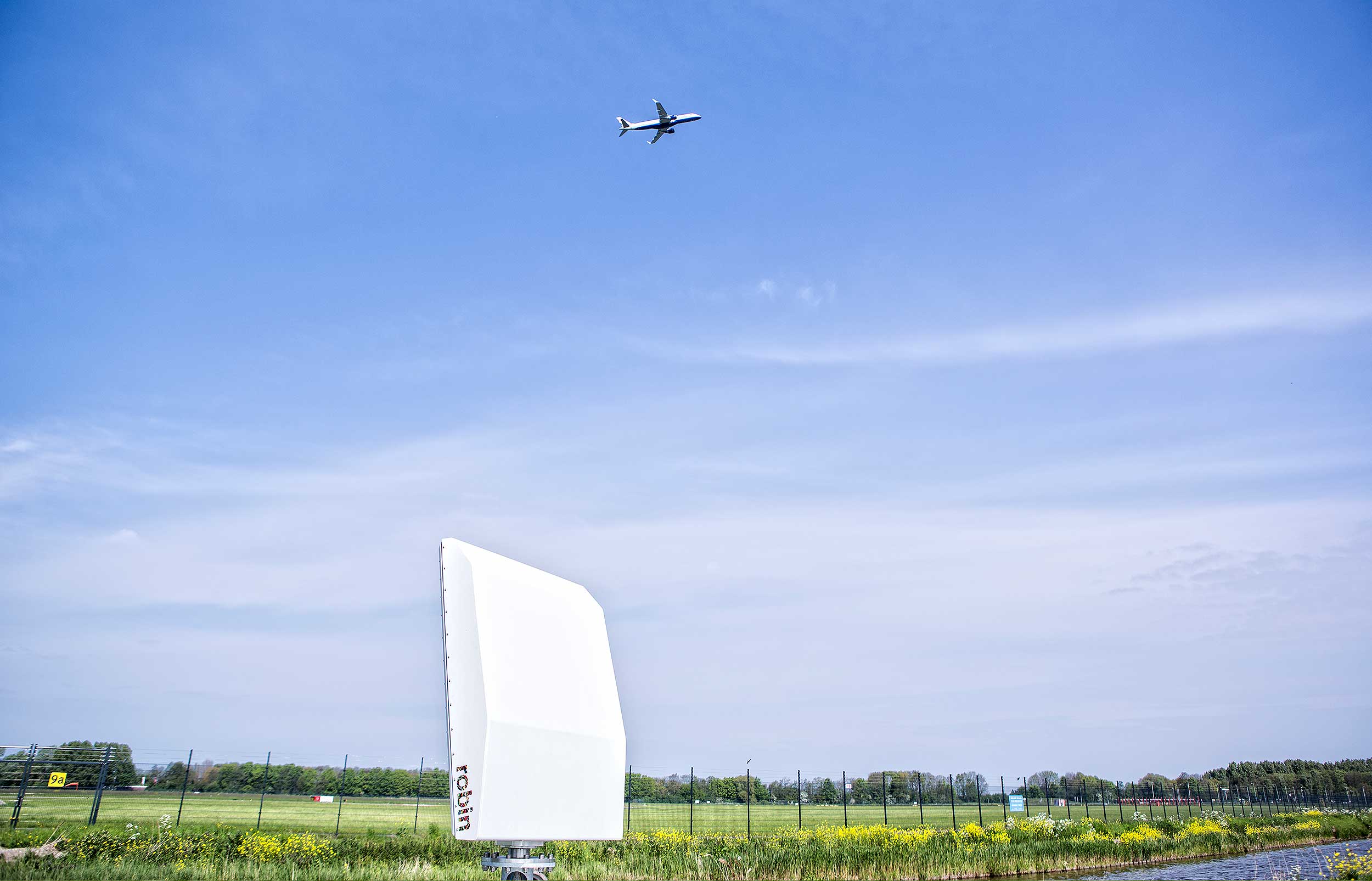

To have an updated text that is also useful to students, meteorologists, and atmosphere scientists not familiar with Doppler radar, we have revised the 1984 text to provide additional explanatory material. The 1984 edition was intended to be a reference book on radar theory and techniques applied to meteorology. The book “ Doppler Radar and Weather Observations” by Doviak and Zrnic (1984a) emphasizes the application of Doppler radar for the observations of stormy and clear weather. Zrnić, in Doppler Radar and Weather Observations (Second Edition), 1993 1.2 The Plan of the Book The strong surface wind from the north is quite evident in the lowest levels of Fig. 9.5e show the airflow perpendicular to the plot, whereas the in-plane wind is the same as in Fig. 9.5d), there are two branches of updraft with high-reflectivity regions within each. The wind in the vertical cross section (CD in Fig. The strongest inflow (9.5c) approaches from the southeast, although environmental air from the east and northeast enters into this storm. The tornado's location is between the updraft air of branch A and the downdraft forming the density current front in the region of strong horizontal gradient of vertical wind. 9.5b appears to have been caused by the convergence along the outward propagating density current (delineated in Fig. This updraft was caused by the strong convergence along the line indicated in the 0-km height wind fields ( Fig. (From Ray et al., 1981.) Copyright © 1981Īnother updraft (coordinates 12, 34) formed northeast of the updraft associated with the Del City storm. Speed contours are in steps of 5 m s −1 starting from ±5 m s −1.

Velocity contours in (e) are wind speeds into (solid lines) and out of (dashed lines) the cross section CD. Vertical cross section of storm winds relative to storm motion in the plane CD. 9.5a) to be sampled by NSSL's Norman and Cimarron 10-cm Doppler radars.įig. the Del City tornadic storm was in an excellent position ( Fig. The Del City storm, about 35 km north-northeast of the radar at Norman, was scanned by four Doppler radars. Figure 9.5a shows the reflectivity field observed with the Norman Doppler radar at 1840 C.S.T. Individual cells propagated northeastward, whereas the band of storms progressed slowly eastward. Thunderstorms in a wide area were initiated over this cold air boundary. Southeasterly boundary layer flow brought warm moist air above the denser cold air. A morning rawinsonde released from Oklahoma City revealed a potentially very unstable air mass with strong vertical shear. On the morning of this day a pool of cold air, resulting from the outflow of nocturnal thunderstorms in northwest Oklahoma, formed a boundary that extended southwestward from northeast Oklahoma. The second example of Doppler-synthesized wind fields is from a storm that occurred on (in Section 9.5.3 we present the Doppler spectra of winds around the tornado that developed in this storm). Mesocyclones have diameters ranging from a few kilometers to ∼10 km and can extend in height from near the ground to near the tropopause. Usually pressure decreases significantly within the interior of a mesocyclone, and when cyclonic circulation reaches the surface, moist boundary-layer air entering the cyclone condenses and forms a wall cloud, making the circulation visible ( Fig. In all the cases observed, large tornados have been preceded by mesocyclones. Because thunderstorm cyclones are much smaller than extratropical or tropical cyclones, including hurricanes, these circulations are called mesocyclones. The large circulation of air seen in Fig.

Winds at 11.9 km, but measured at four rawinsonde stations, are also displayed. The vector at 60 m s −1 scales the wind vectors. The height contours of the cloud tops are obtained from a stereo pair of satellite images. Dual Doppler synthesized winds at an altitude of 11.9 km superimposed on the anvil cloud (, 1734 C.S.T.).


 0 kommentar(er)
0 kommentar(er)
